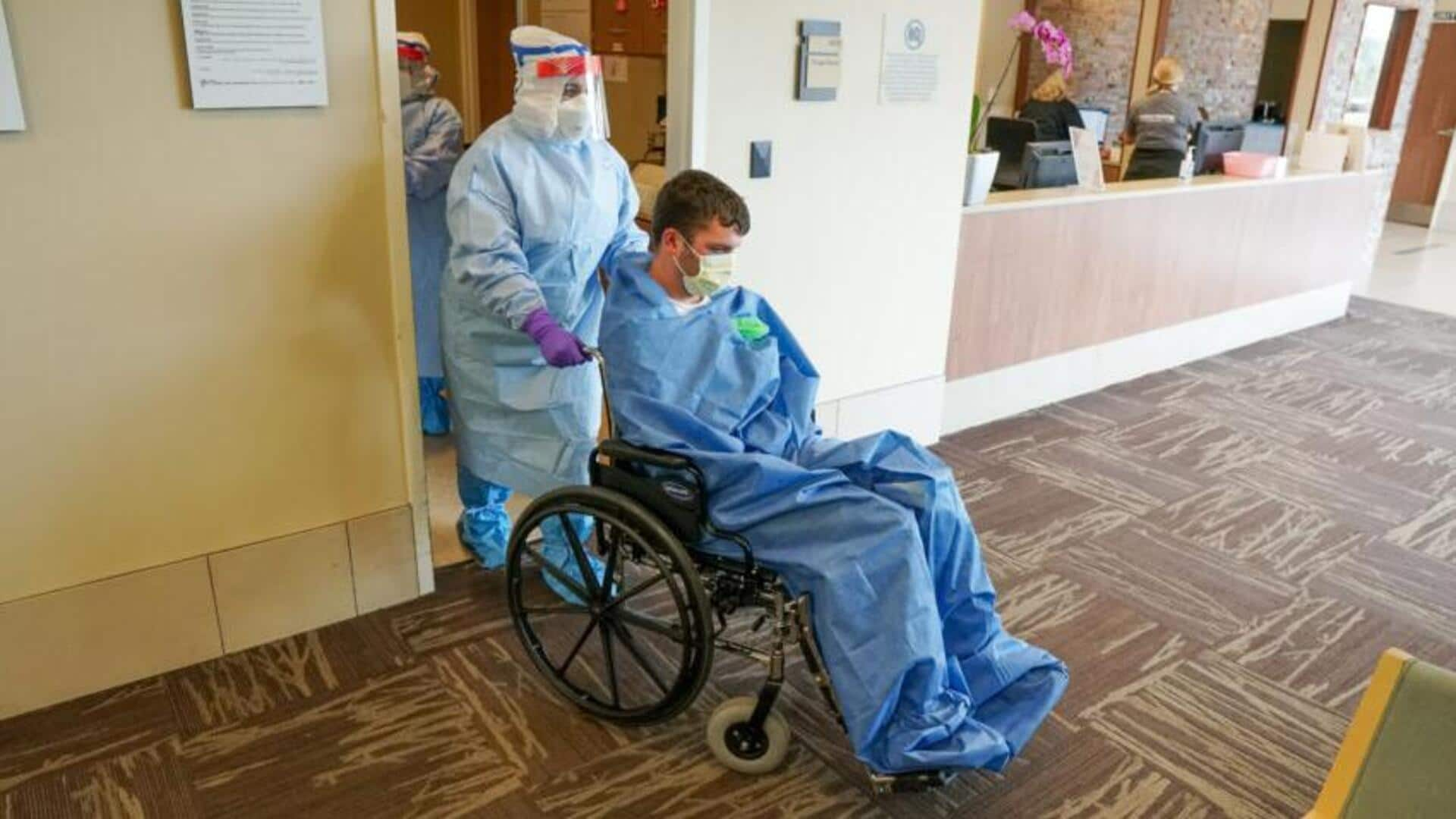
What is Ebola-like Marburg Virus that has killed 11 people
What's the story
The Marburg virus disease, a deadly Ebola-like illness, has claimed 11 lives and infected 25 others in Rwanda, East Africa, since the country declared an outbreak on September 27. The World Health Organization (WHO) has categorized the risk of this outbreak as "very high" at the national level and "high" at the regional level. This is the first time that Rwanda has reported cases of this disease.
Disease profile
Marburg virus: A severe illness with high fatality rate
The Marburg virus disease, also known as Marburg hemorrhagic fever, is a severe and often fatal illness. Like Ebola, the Marburg virus is believed to have originated in fruit bats. It was first identified in 1967 during outbreaks in Germany and Serbia, linked to African monkeys imported for research. The disease can be lethal for up to 88% of infected individuals, depending on the viral strain and case management.
Outbreak impact
Marburg virus primarily affects healthcare workers in Rwanda
As of October 2, Rwanda has confirmed 36 cases of the Marburg virus disease, including at least 19 among healthcare workers. About 70% of these cases are medical professionals from two healthcare centers in Kigali, the nation's capital. The disease has now spread to seven out of Rwanda's 30 districts. The Centers for Disease Control and Prevention (CDC) has issued a health alert noting that several cases are of unknown origin.
Disease transmission
Understanding the Marburg virus and its transmission
The Marburg virus disease is most commonly found in sub-Saharan Africa and is caused by the Marburg or Ravn virus, classified as orthomarburgviruses. These viruses are naturally present in the Egyptian rousette bat, which can spread the disease to people and animals through their excretions. Humans can contract this disease from contact with infected animals or objects contaminated with the virus. It is not an airborne disease but spreads through contact with bodily fluids of an infected person.
Disease management
Symptoms and treatment of Marburg virus disease
Symptoms of the Marburg virus disease can appear abruptly and rapidly worsen, often leading to serious illness or death. Patients typically begin experiencing symptoms two to 21 days after exposure. These symptoms initially resemble the flu but can progress to liver failure, hemorrhaging, and multi-organ dysfunction. Currently, there is no approved treatment for Marburg. However, several promising vaccine candidates may soon enter trials.